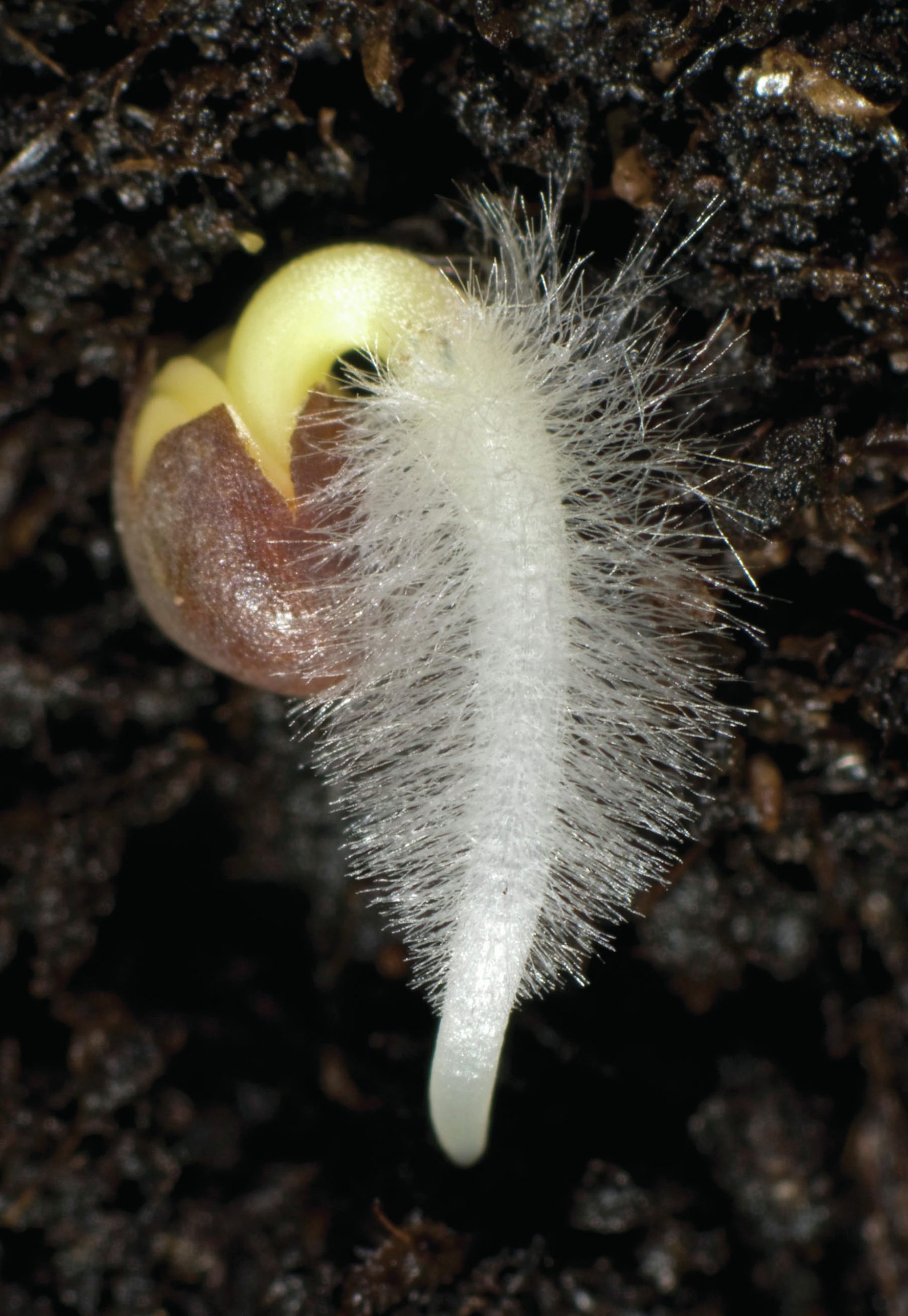
Throughout most of the world, fresh water is a rare and valuable commodity. Worldwide demand for fresh water tripled in the twentieth century, and currently doubles about every 20 years. It is predicted that by 2030 half the world’s population will face a water shortage, which will create a huge challenge for agriculture.
Agriculture requires a secure source of fresh water. Forecasters predict that as the demand for water intensifies, food prices will rise. No wonder it is often said that ‘water is the new oil’. Because of this looming water crisis, one of the most active areas of plant science research is in trying to understand how terrestrial plants make the most of the water available to them. The goal of this research is to grow crop plants with less water — to produce more crop per drop.
Your organisation does not have access to this article.
Sign up today to give your students the edge they need to achieve their best grades with subject expertise
Subscribe




